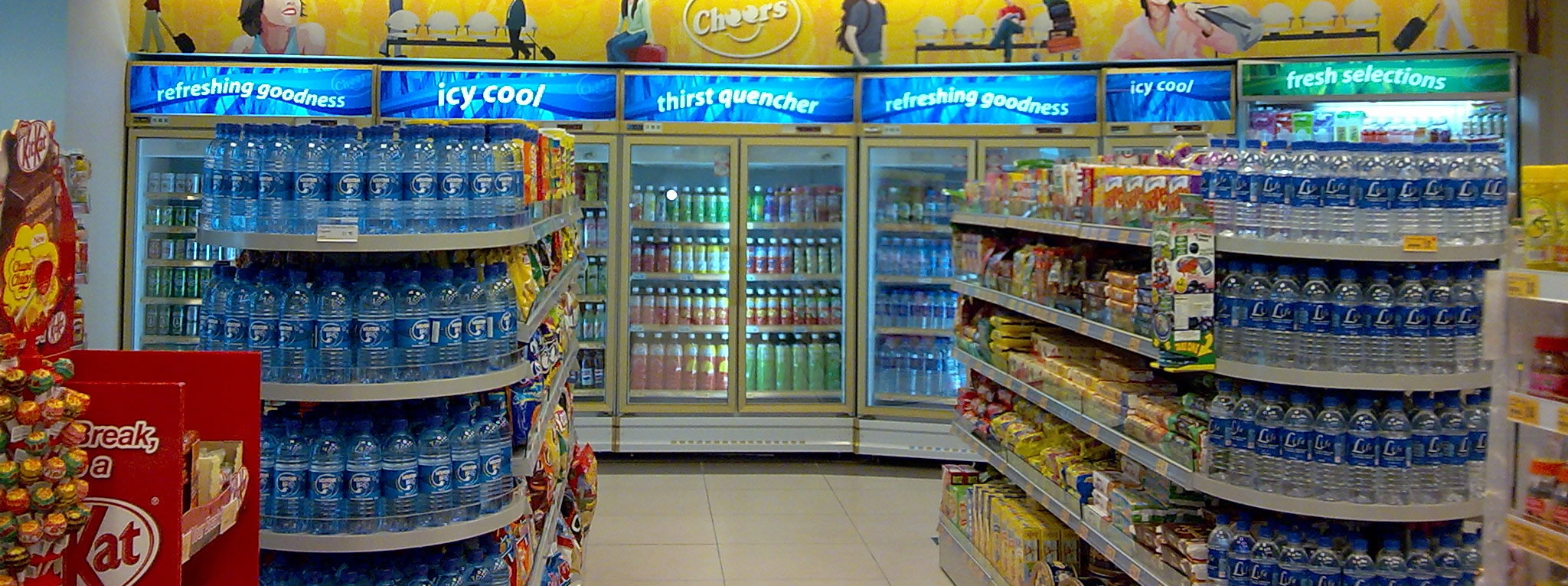In the realm of consumer behavior, understanding the distinction between convenience goods and shopping goods is crucial for businesses aiming to optimize their marketing strategies. These two categories of products play a significant role in shaping consumer preferences, purchase decisions, and overall shopping experiences. In this article, we will delve into the characteristics, consumer behavior implications, and marketing strategies associated with convenience goods and shopping goods.
- Defining Convenience Goods:
Convenience goods refer to products that are frequently purchased by consumers due to their immediate need, ease of access, and low involvement in the decision-making process. These goods are typically low-cost, widely available, and require minimal effort to purchase. Examples include everyday household items like toiletries, snacks, and beverages.
1.1 Characteristics of Convenience Goods:
- Frequent purchase: Convenience goods are consumed regularly, leading to repeat purchases.
- Low price: These goods are often priced affordably, making them easily accessible to a wide range of consumers.
- Wide distribution: Convenience goods are widely available in various retail outlets, including supermarkets, convenience stores, and online platforms.
- Limited differentiation: Due to their common nature, convenience goods often have limited brand differentiation, with consumers prioritizing convenience and availability over specific brands.
1.2 Consumer Behavior Implications:
- Habitual buying behavior: Consumers tend to develop habitual buying patterns for convenience goods, relying on familiarity and convenience rather than extensive decision-making.
- Impulse purchases: The low involvement nature of convenience goods makes them susceptible to impulse purchases, driven by factors such as attractive packaging or in-store promotions.
- Brand loyalty challenges: With limited brand differentiation, consumers may exhibit low brand loyalty, easily switching between brands based on convenience or price.
1.3 Marketing Strategies for Convenience Goods:
- Wide distribution network: Ensuring availability across multiple retail channels is crucial for convenience goods, as consumers expect easy access.
- Eye-catching packaging: Attention-grabbing packaging can influence impulse purchases and differentiate products on crowded shelves.
- Promotional offers: In-store promotions, discounts, and loyalty programs can incentivize consumers to choose a particular convenience good over competitors.
- Defining Shopping Goods:
Shopping goods, on the other hand, are products that require more extensive research, evaluation, and comparison before purchase. These goods are typically higher-priced, less frequently bought, and involve a higher level of consumer involvement. Examples include electronics, furniture, and clothing.
2.1 Characteristics of Shopping Goods:
- Infrequent purchase: Shopping goods are not bought as frequently as convenience goods, often requiring more consideration and planning.
- Higher price: These goods generally have a higher price point, making the purchase decision more significant for consumers.
- Selective distribution: Shopping goods are typically available in specialized retail outlets, where consumers can compare different brands and options.
- Brand differentiation: Unlike convenience goods, shopping goods often have distinct brand identities, with consumers considering factors like quality, features, and reputation.
2.2 Consumer Behavior Implications:
- Extensive research: Consumers invest time and effort in researching and comparing shopping goods, seeking the best value for their money.
- Decision-making involvement: The purchase of shopping goods involves a higher level of consumer involvement, as they consider multiple factors and evaluate alternatives.
- Brand loyalty potential: If a shopping good meets or exceeds consumer expectations, it can lead to brand loyalty and repeat purchases.
2.3 Marketing Strategies for Shopping Goods:
- Informative advertising: Providing detailed product information, specifications, and comparisons can assist consumers in their decision-making process.
- In-store experience: Creating an engaging and informative shopping environment can enhance the overall experience and facilitate consumer decision-making.
- Online presence: Establishing a strong online presence, including user reviews and ratings, can help consumers gather information and make informed choices.
Conclusion:
Understanding the distinctions between convenience goods and shopping goods is essential for businesses aiming to tailor their marketing strategies effectively. By recognizing the characteristics, consumer behavior implications, and appropriate marketing strategies for each category, businesses can optimize their product offerings, distribution channels, and promotional efforts. Adapting to consumer preferences and providing a seamless shopping experience can lead to increased customer satisfaction, loyalty, and ultimately, business success in today's competitive market.
